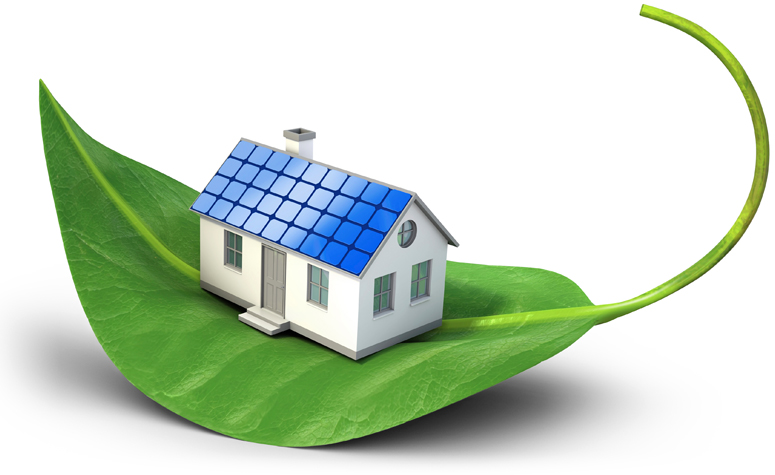PVC Piping: A Green Dilemma
PVC Piping: A Green Dilemma


The “green building” movement is gaining momentum with the goal of leaving a lighter footprint on the environment through conservation of resources. New design and construction technologies are being used to create healthier, more energy-efficient, and sustainable homes and commercial buildings while balancing the use of cost-effective, low maintenance construction products.
However, there seems to be no agreement on the definition of a “green” material and no standards organization willing to offer a definition.
A good case in point is the use of polyvinyl chloride (PVC) in commercial piping systems. Most will agree that PVC piping offers many advantages:
- durability and strength combined with chemical, weather, and corrosion resistance and biological inertness, leading to effective performance and long service life in the field
- material flexibility and lighter weight, enabling greater design flexibility, ease of installation, and lower installation time and cost
- ease of color coding and marking to identify safe acceptable uses and applications
- cost-effectiveness in terms of manufacturing, transportation, and ease of installation.
PVC proponents point to a study, titled "Green Building Technologies that Use Plastic Pipe and Tubing to Function," which concludes that plastic pipe, tubing, and fittings play an integral role in the proper functional, safety, and environmental performance of key green building technologies. The study was compiled by Sustainability Edge Solutions and is available through the Plastic Pipe and Fittings Association at plasticpiping.org.
Who’s Right?
Much like a legal case, each side can line up experts in the field who can provide testimony to support their positions. There are also significant financial issues to consider. Beyond the multibillion-dollar building material manufacturing and supply market, states, and municipalities are issuing financial and other incentives in the form of tax credits, fast-tracking building permit approvals, utility subsidies, grants, and loans to those demonstrating green building solutions. Innovative financing mechanisms are increasingly being made available to assist with capital costs of installing green building technologies, especially when favorable projected operating cost savings can be demonstrated.
The U.S. Green Building Council (USGBC) has developed a pilot LEED accreditation program intended to foster the use of sustainable building techniques. Buildings are given a LEED assessment rating based on their use of green building technologies as defined by the organization and financial incentives for the builders are often tied into the LEED assessment.
The Technical and Scientific Advisory Committee of the USGBC studied the environmental and health effects of PVC and after five years issued a statement in 2007 that was inconclusive. As of this writing, the organization has not issued any further declarations regarding the use of PVC in green building alternatives.
Similarly, the Green Building Initiative (GBI) is a not-for-profit organization, whose mission is to accelerate the adoption of building practices that result in energy-efficient, healthier, and environmentally sustainable buildings by promoting credible and practical green building approaches for residential and commercial construction.
GBI’s Green Globes building guidance and assessment program offers a rating and certification system on overall environmental performance and sustainability of commercial buildings. But like the USGBC LEED’s program, it doesn’t formally address what are considered green building materials.
The National Association of Home Builder’s (NAHB) Model Green Home Building Guidelines, which are being adopted locally and are being promoted by GBI, are also material-neutral, performance-based, and encourage the use of energy efficiency as a material selection criterion.
So for now, green builders have their choice of PVC or conventional metal piping materials. But, it would behoove them to stay on top of the controversy and be prepared if and when a formal declaration by one of the accreditation organizations on the use of PVC is made, either way.
Tom Ricci is the owner of Ricci Communications.
Much like a legal case, each side can line up experts in the field who can provide testimony to support their positions.



